Ice Gel Packs
Gel packs are one of the most efficient products for the application of heat and cold therapies. These therapies are ideal for the treatment of various ailments and injuries in different parts of the body, so that thanks to them you can have a much faster and more pleasant recovery and rehabilitation process. There are several types of cold gel-filled compresses, and below you will find out the best uses and benefits.
All reusable hot and cold gel packs
-


Gel Eye Mask for Puffy Eyes (Gold/Black)
$11.95 -


Gel Eye Mask for Puffy Eyes (Orange/Pink)
$11.95 -


Gel Eye Mask for Puffy Eyes (Purple/Turquoise)
$11.95 -


Ice Pack for Foot - Cold Therapy Socks (Black)
$24.95 -
Ice Pack for Foot - Cold Therapy Socks (Green)
$24.95 -
Ice Pack for Foot - Cold Therapy Socks (Pink)
$24.95 -
Migraine Relief Cap 360º (Black)
$24.95 -
Migraine Relief Cap 360º (Blue)
$24.95 -
Migraine Relief Cap 360º (Pink)
$24.95
Gel Ice Packs by Type
Hot & Cold Gel Packs by Body Area
Reusable Hot/Cold Gel Packs by Condition
User Guides
F.A.Q: Frequently Asked Questions
Latest reviews
Buy cheap hot and cold gel packs
Showing all 10 resultsSorted by popularity








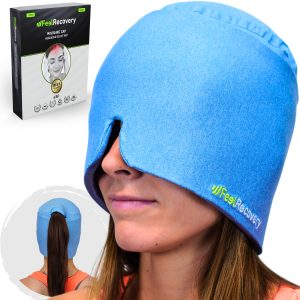
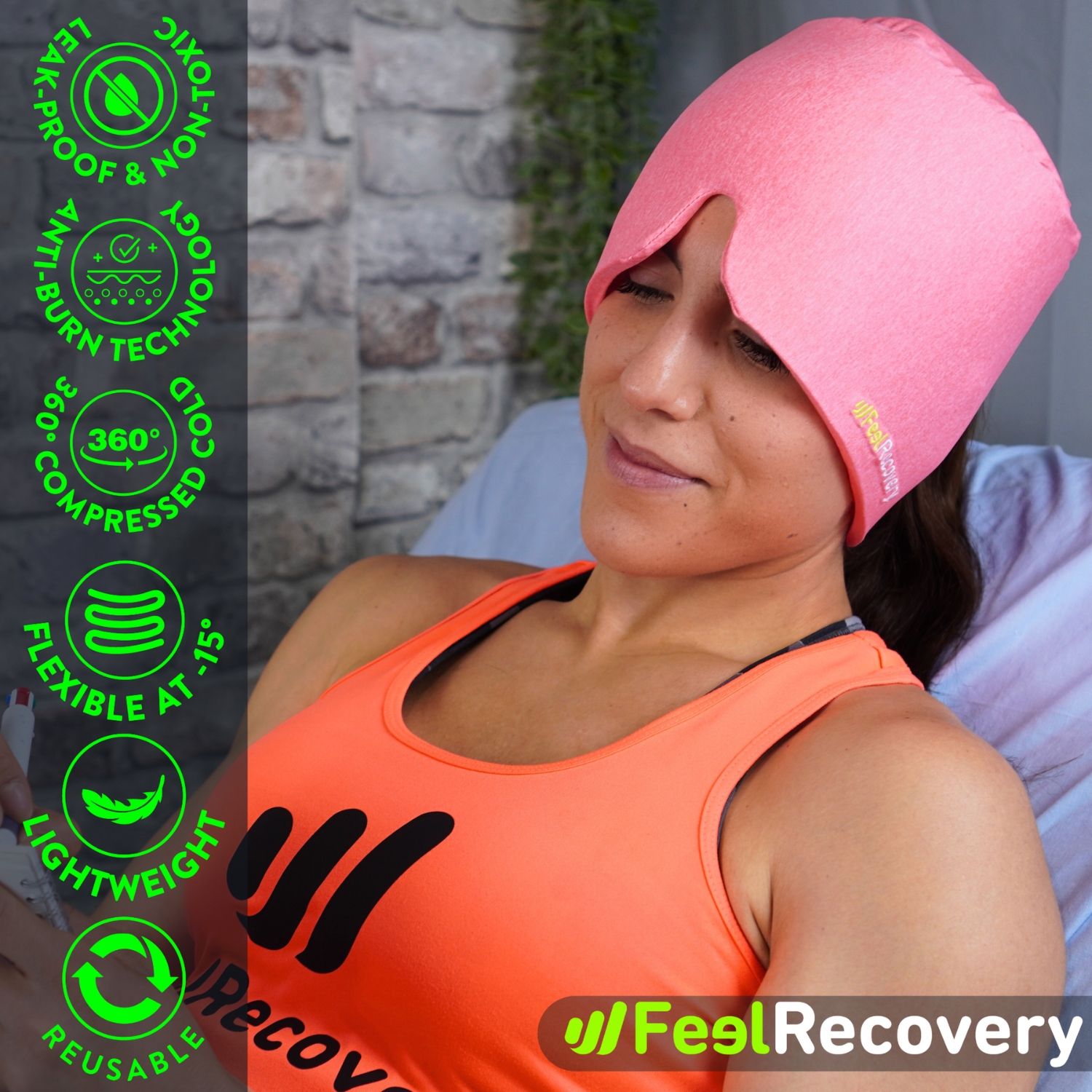


















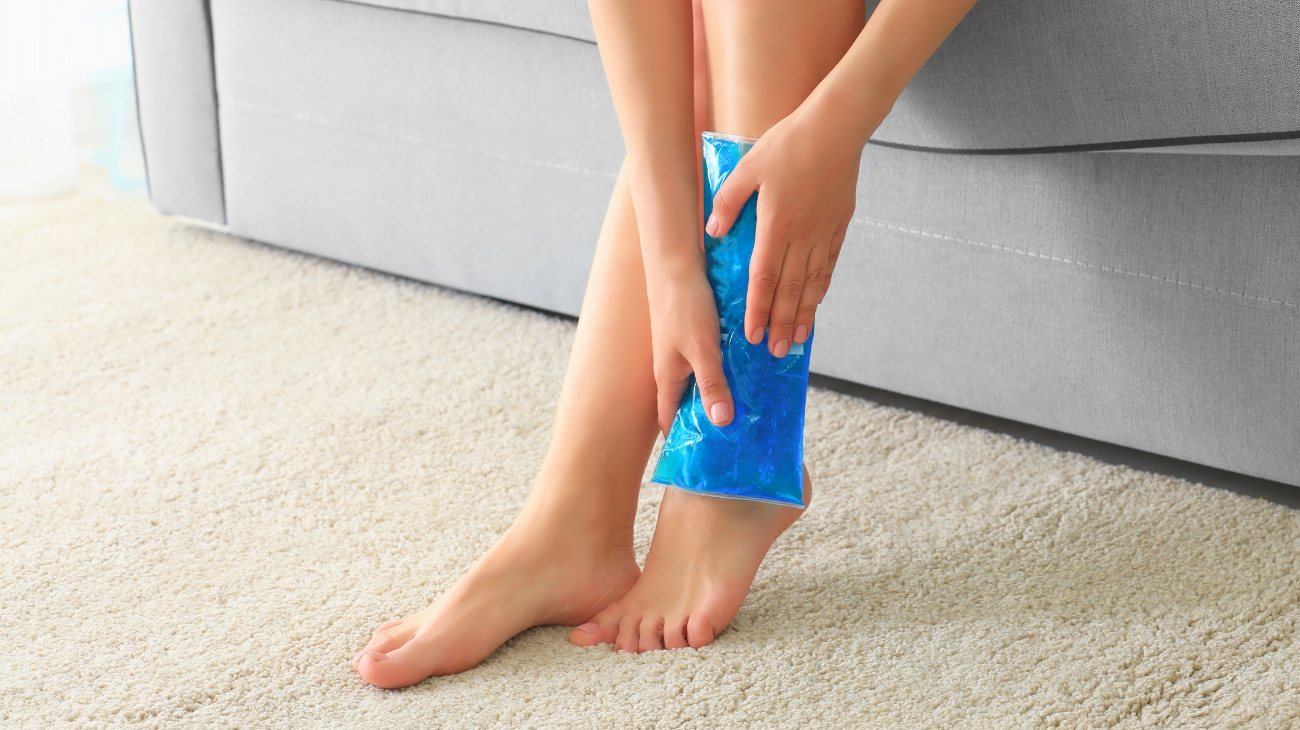












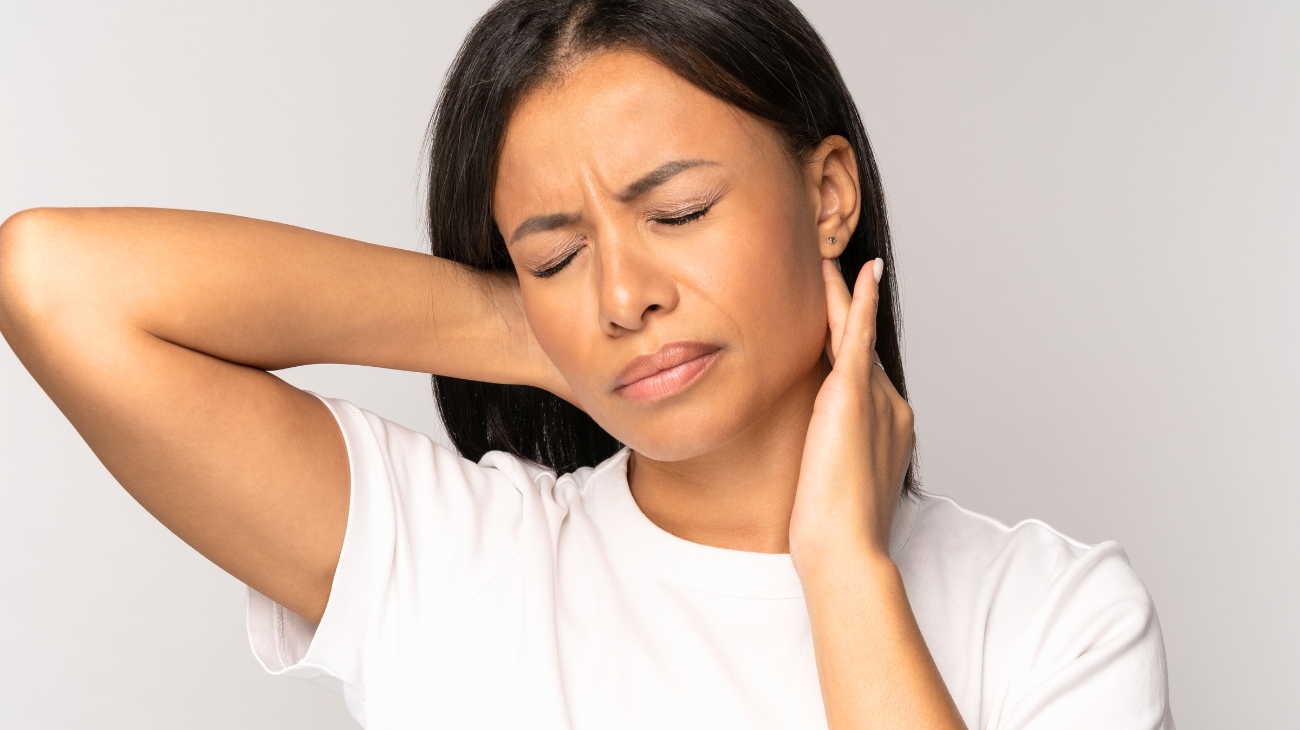




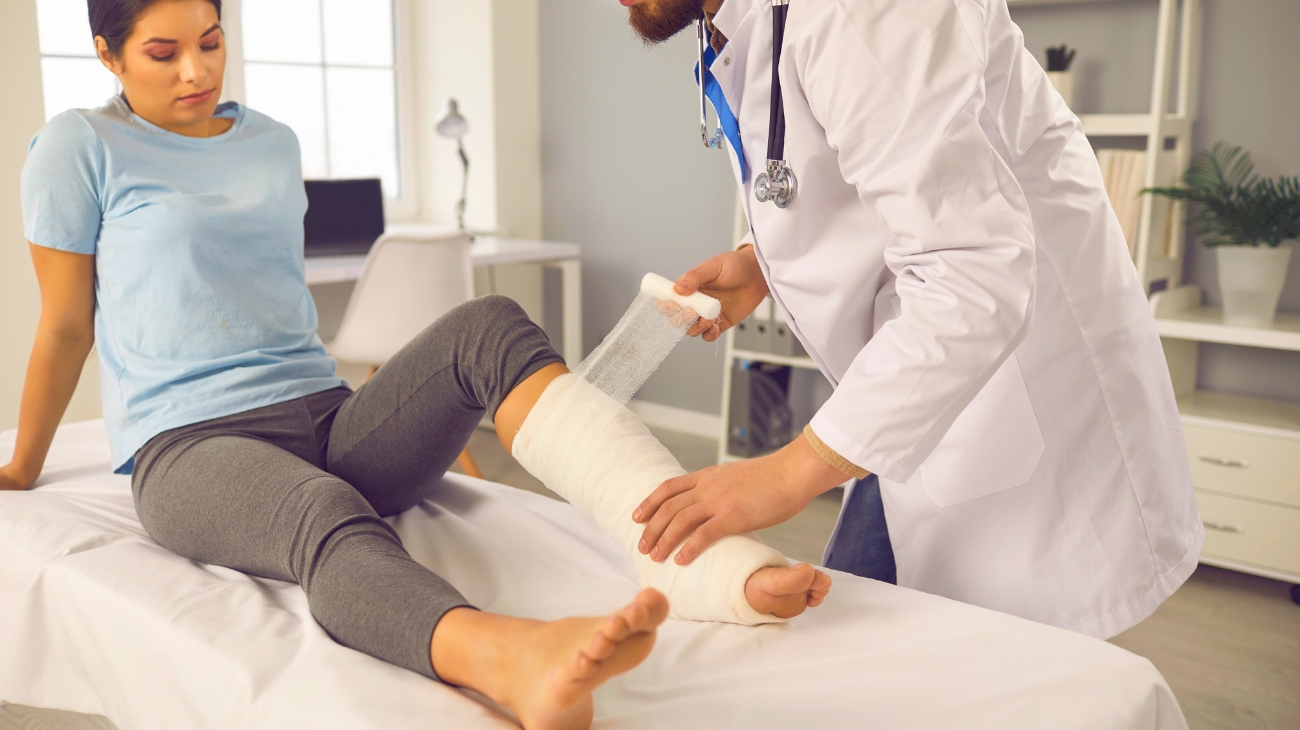

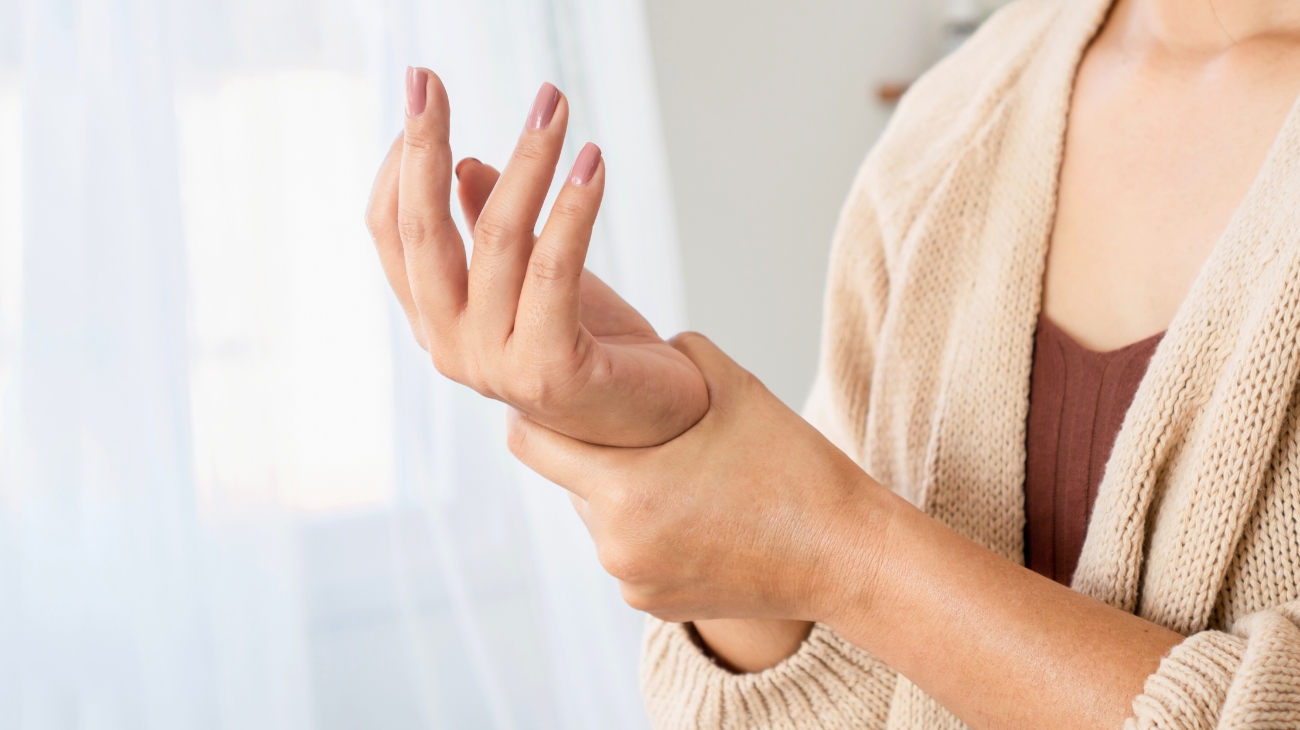




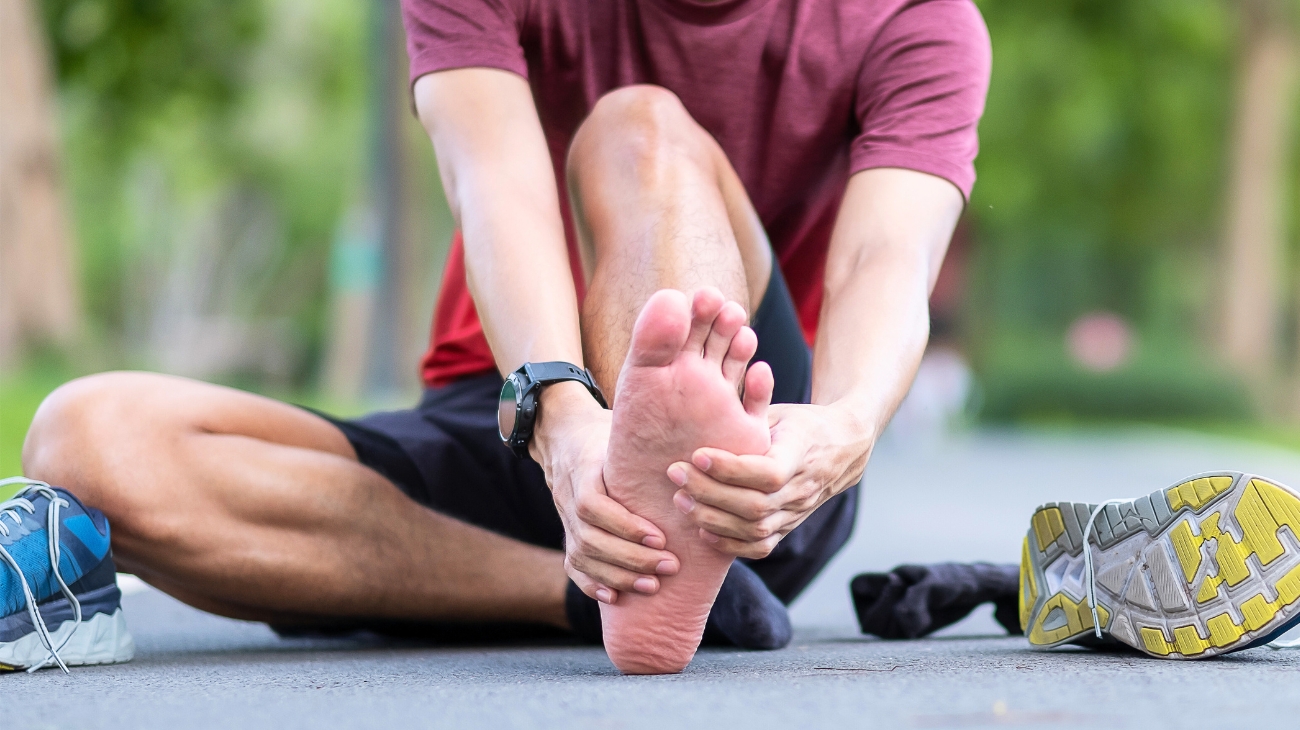





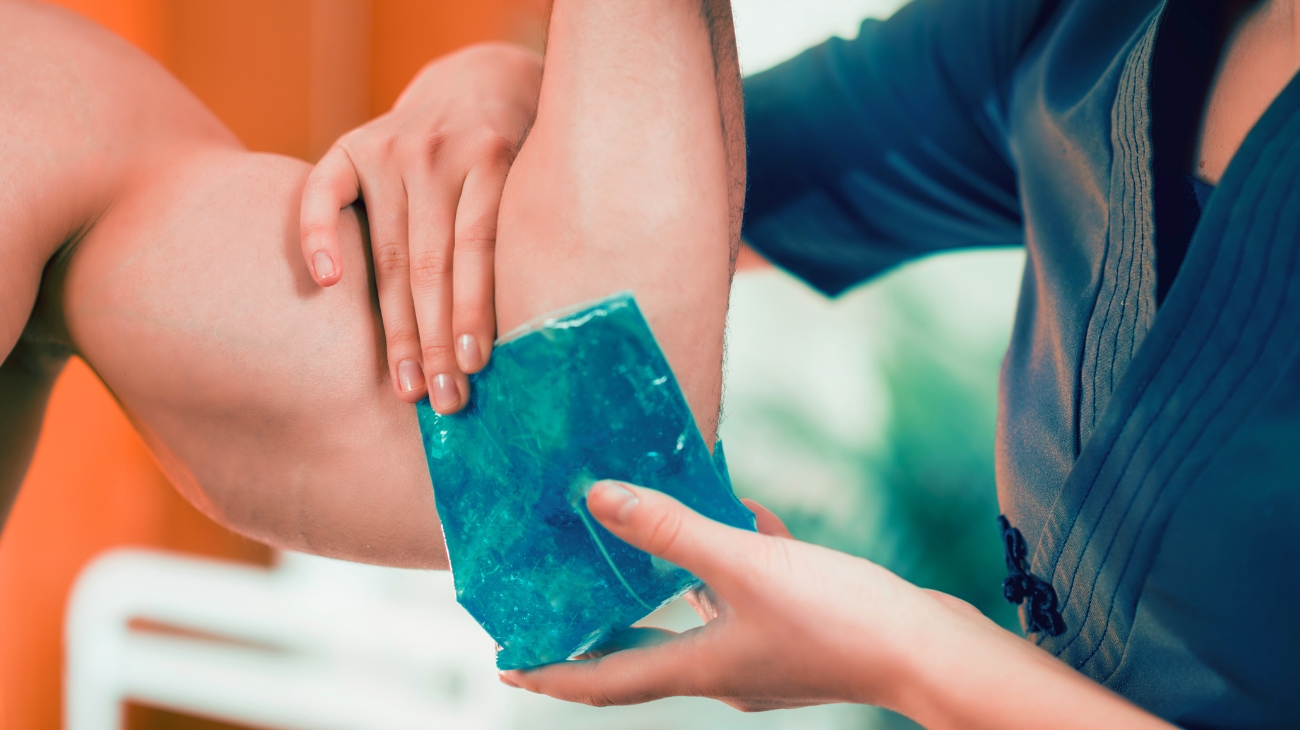


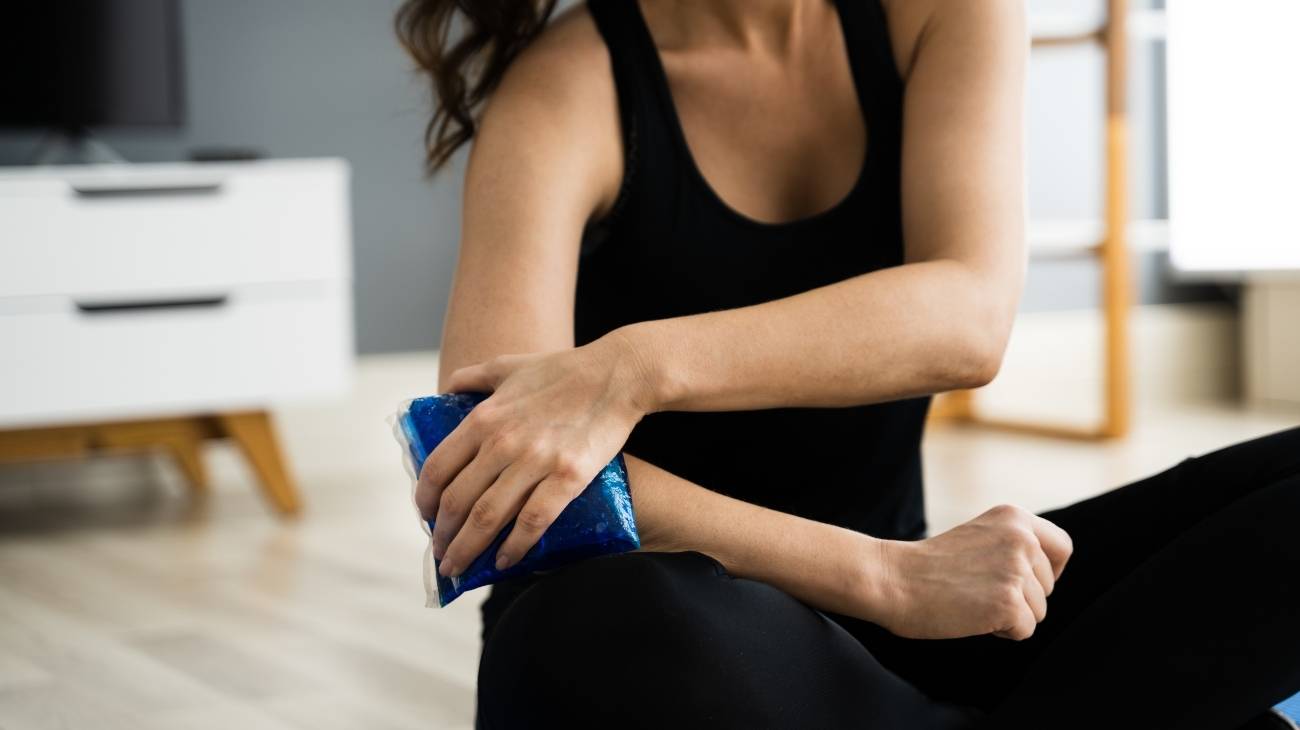



Protect Democracy –
Same as a child's cold pack – This is pretty much the same thing as a child's "boo-boo pack" but eye-mask shaped. It stays cold for about 10 minutes.
Captain & Miss America –
Refreshing eye mask – This micro bead cooling eye mask comes in tangerine and pink (like a grapefruit). It does not taste like grapefruit, so DO NOT EAT! After placing in the refrigerator for four hours it’s ready to wear. It has a soft material side that rests against your eyes. There is an adjustable Velcro headband to hold it in place. It feels very nice when applied to tired, puffy eyes.
ICTV –
Cool relief – The adjustable strap hold the mask in place well enough, since my activities are naturally limited while using this. To prepare the mask for cold use, the instructions say refrigerator (not freezer). When pollen surges, my normal go-tos for relief sometimes needs the added cooling effects in the eye area, as the urge to rub grows. To sit with the relative darkness of the cool mask is soothing for the sinus as well. (I'll likely not have a lot of use for this mask for heating.)
A.H. –
pleasant and comfortable to use – It is a pleasant and comfortable mask to use. The mask is made of gel beads that don't freeze but do get cold. One side of the mask is covered in fabric that gets cold and you can place on your face without burning your eyes. It helps my eyes with inflamation so I recomend you use it.
RovingHogan –
Cool shades – It feels so good to take a break and have something cool and soothing on your eyes. This is a very easy to use eye mask that ready to use. The lavender has a very pleasant smell and is very mild. The eye mask once opened last about 25 minutes and is a single use. The eye mask is not too tight and is very comfortable. I'm not sure if really helps with puffiness, but it feels very nice when in use.
Mrs. ChaCha –
Dual purpose – This eye mask can be used warm or cold, I prefer the cold. Feels good when you have a headache or puffy eyes.
Brain –
good enough to get 2 – I like this mask way more than I expected. At only around 11 dollars I didn't expect much but, I was pleasantly surprised. The mask contains little beads of sort that doesn't freeze so it's quite comfortable. I've only tried it cold so far (the bag it comes with was a nice included accessory to keep it safe from food bits) and it did a good job. It doesn't stay cold for a super long time so I'd recommend getting 2 so you can have one ready after the first warms up.
Steph –
Helps reduce eye puff – This eye mask really helps reduce eye puff. Especially if you have swollen eyes after a crying spell, spending 10 minutes with us on your eyes will really help reduce the bloat. This orbees-style mask shouldn’t be thrown into the freezer, just keep it in the fridge for a chilled effect.
Honest Nana –
Nice cooling effect – This goes in the refrigerator and not the freezer which allows the beads inside to stay flexible making it very comfortable and not too cold to put on your face. I really like that it comes in a ziplock bag reminding you that it does NOT go in the freezer. I can see someone in my household being helpful and putting it in the freezer so the ziplock is very helpful. I have not tried it warm but I have enjoyed the cooling effect.
Rachel –
Easy to use – The mask is just as described. They can be cooled in the refrigerator or warmed up. I like the cooling option.